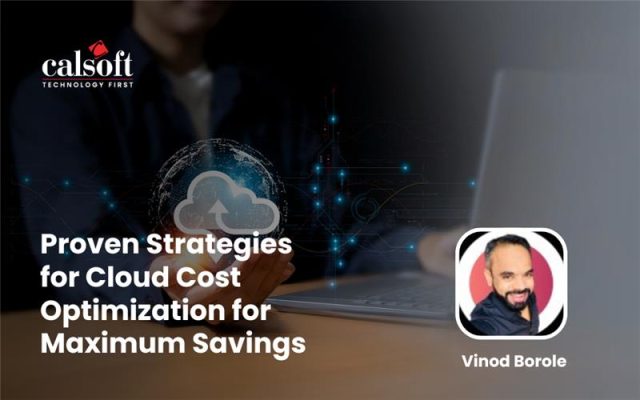
Proven Strategies for Cloud Cost Optimization for Maximum Savings
Discover proven strategies for cloud cost optimization, reduce waste, and maximize savings with our in-depth guide. Enhance your cloud efficiency today.

Top Challenges and Solutions in Data Center Migration
Discover the top 6 data center migration challenges and effective solutions to ensure a smooth transition.
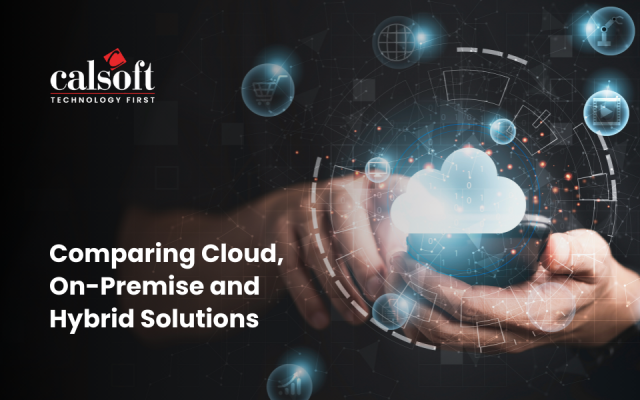
Comparing Cloud, On-Premises and Hybrid Solutions
Explore Cloud, On-Premise, and Hybrid Solutions to find the best fit for your needs. Discover benefits, features, and more in our detailed comparison.
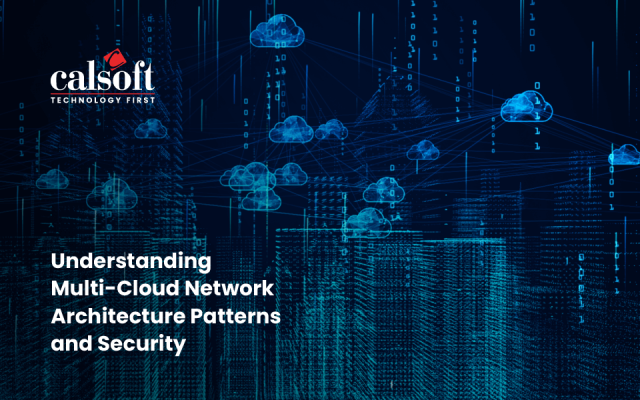
Understanding Multi-Cloud Network Architecture Patterns and Security
Explore key patterns and security measures in multi-cloud network architecture, essential for optimizing your cloud-based environments.
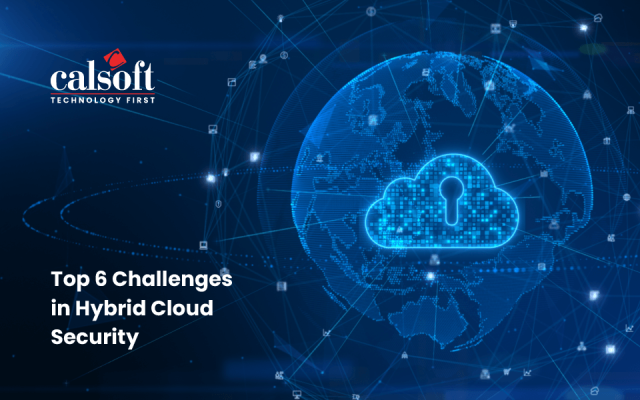
Top 6 Challenges in Hybrid Cloud Security
Discover the top 6 hybrid cloud challenges in security. Learn how to safeguard your data and ensure a secure hybrid cloud environment.
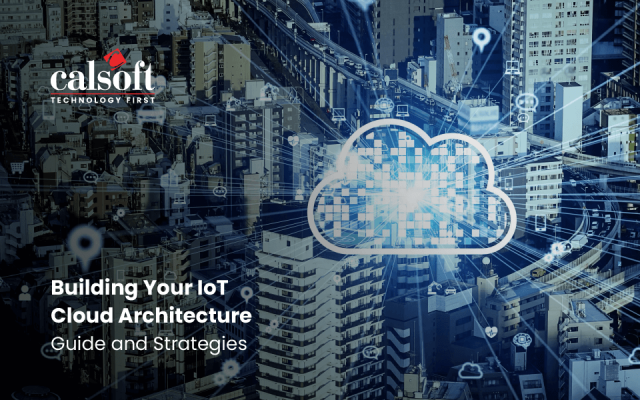
Building Your IoT Cloud Architecture: Guide and Strategies
Discover key strategies and best practices for building your IoT cloud architecture.
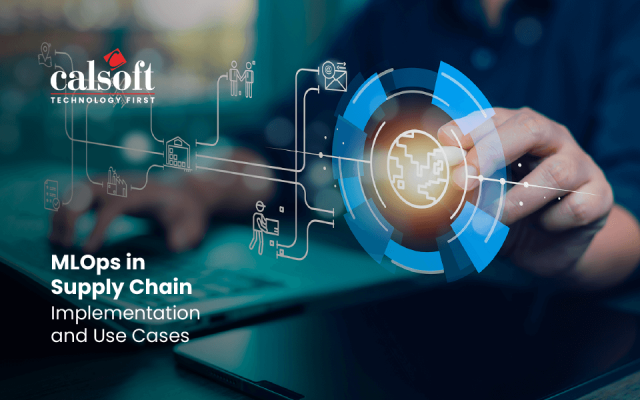
MLOps in Supply Chain: Implementation and Use Cases
Explore the blog to understand how MLOps facilitate supply chain management to enhance forecasting, mitigates operational risks, and improves delivery times.
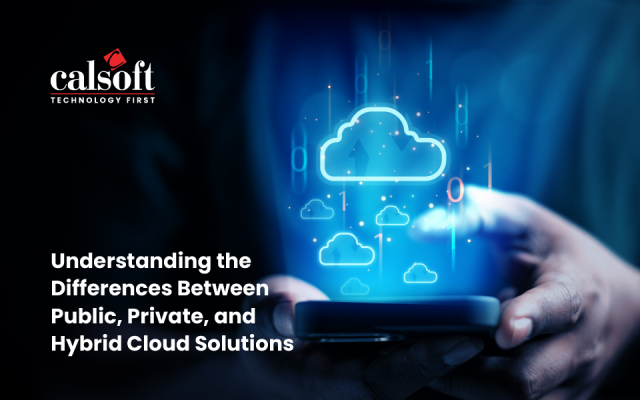
Understanding the Differences Between Public, Private, and Hybrid Cloud Solutions
Discover the key distinctions between public, private, and hybrid cloud solutions to help choose the right model for your business needs.
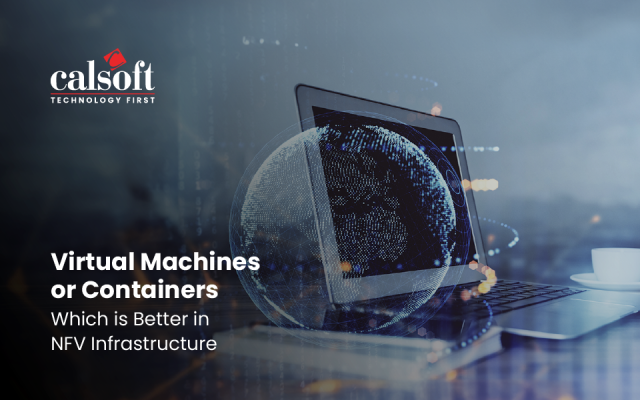
Virtual Machines or Containers. Which is Better in NFV Infrastructure?
Discover whether Virtual Machines or Containers are better for NFV infrastructure. Explore their benefits, challenges, and impact on 5G networks.
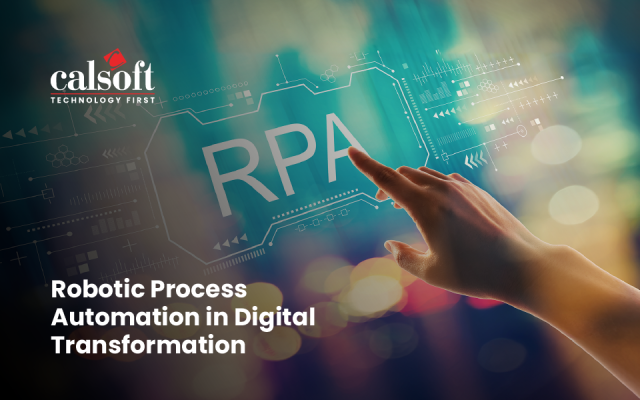
Robotic Process Automation in Digital Transformation
Discover how Robotic Process Automation (RPA) is steering digital transformation by streamlining workflows, reducing operational costs, and enhancing efficiency across diverse industries.
